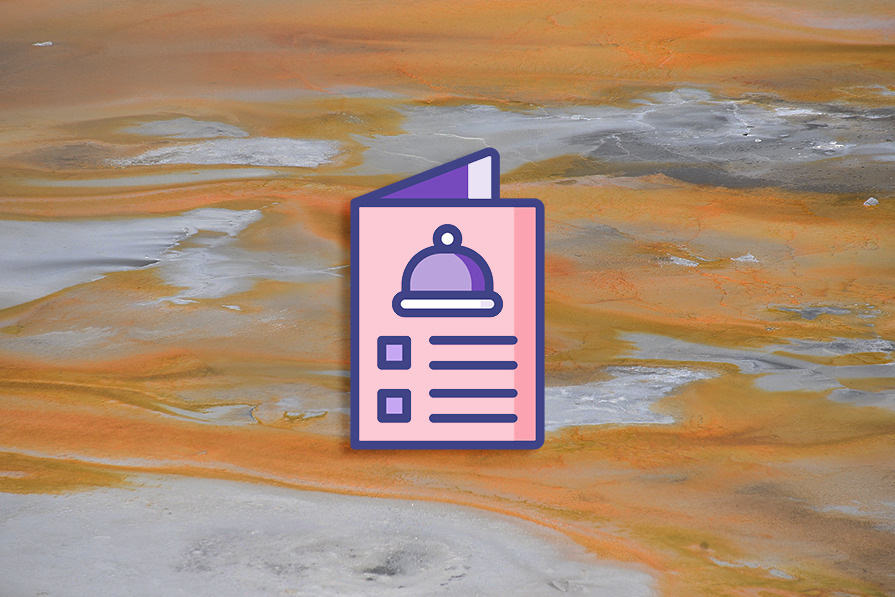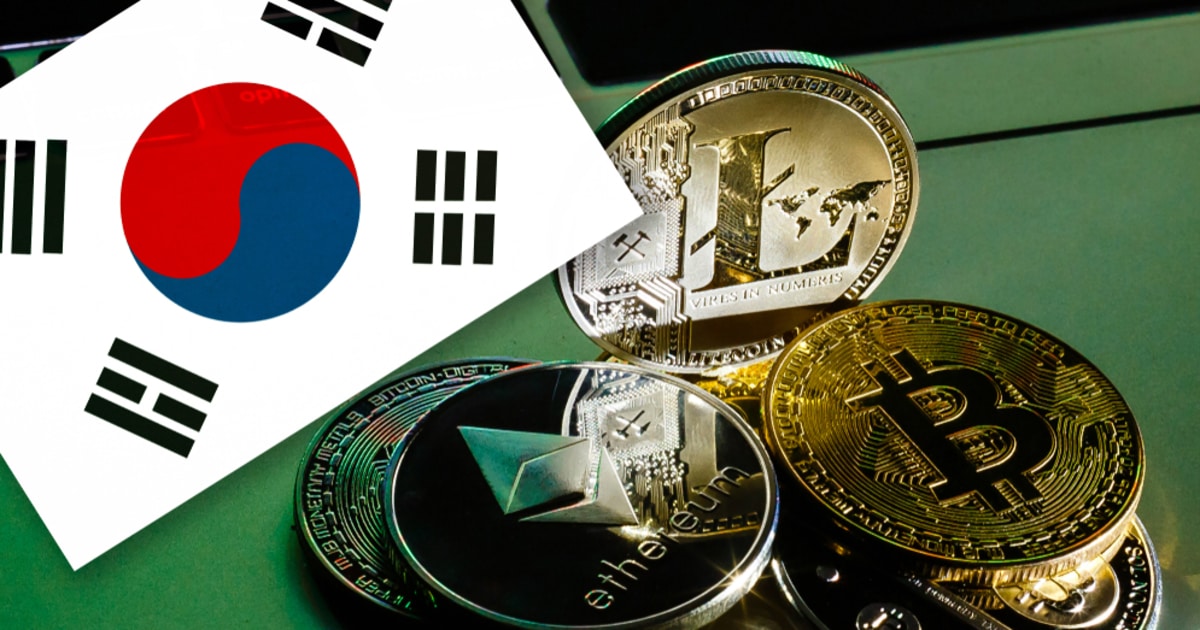Despite the astonishing developments and achievements in the technology field, classical diffusion models still face challenges in image generation, particularly because of their slow sampling speed and the need for extensive parameter tuning. These models, used in computer vision and graphics, have become significant in tasks like synthetic data creation and aiding multi-modal models. However, they struggle with high computational demands. Quantum machine learning (QML) offers a solution to these challenges by leveraging quantum mechanics for enhanced efficiency in machine learning tasks.
Research in quantum diffusion models for image generation is limited, with the Quantum Denoising Diffusion Probabilistic Models (QDDPM) model by Dohun Kim et al. being the sole notable method. This model uses a single-circuit design with timestep-wise and shared layers, achieving space efficiency by requiring only log2(pixels) qubits. It addresses the vanishing gradient issue through constrained circuit depth and employs special unitary (SU) gates for entanglement. However, its parameter efficiency is low, and while it generates recognizable images, it lacks detail compared to the original images.
Researchers at LMU Munich have introduced two quantum diffusion models, i.e., the Q-Dense and Quantum U-Net (QU-Net) architectures. These models are designed to augment the efficacy of diffusion-based image generation models. The Q-Dense model utilizes a dense quantum circuit (DQC) with extensive entanglement among qubits. Classical U-Nets inspire the QU-Net and incorporate quantum principles into its architecture.
DQC uses amplitude embedding for input and angle embedding for class guidance, resulting in #layers×3×#qubits trainable parameters. QU-Net employs mask encoding for labels and adapts to the quantum context. The unique “Unitary Single Sampling” approach enables the creation of synthetic images in a single step by combining the iterative diffusion process into one unitary matrix U. Experiments were conducted using MNIST, Fashion MNIST, and CIFAR10 datasets to assess the effectiveness of the quantum models.
In the MNIST Digits experiments, the Q-Dense model with 47 layers and 7 qubits significantly outperformed classical networks with 1000 parameters, especially with τ values ranging from 3 to 5. It achieved FID scores around 100, approximately 20 points better than classical models. For inpainting tasks, the DQC produced consistent samples with minor artifacts. However, the MSE scores of quantum models were only marginally lower than those of classical networks with twice as many parameters. Overall, quantum models demonstrated effective knowledge transfer and satisfactory inpainting results without specific training for these tasks.
The research successfully introduced quantum denoising diffusion models, offering a new approach to image generation that leverages quantum computing. The Q-Dense and QU-Net models and the unitary single sampling approach outperformed existing quantum and classical models in generating images. This method bridges the gap between quantum diffusion and classic consistency models, potentially accelerating image generation.
Check out the Paper. All credit for this research goes to the researchers of this project. Also, don’t forget to follow us on Twitter. Join our 36k+ ML SubReddit, 41k+ Facebook Community, Discord Channel, and LinkedIn Group.
If you like our work, you will love our newsletter..
Don’t Forget to join our Telegram Channel
![]()
Nikhil is an intern consultant at Marktechpost. He is pursuing an integrated dual degree in Materials at the Indian Institute of Technology, Kharagpur. Nikhil is an AI/ML enthusiast who is always researching applications in fields like biomaterials and biomedical science. With a strong background in Material Science, he is exploring new advancements and creating opportunities to contribute.





















